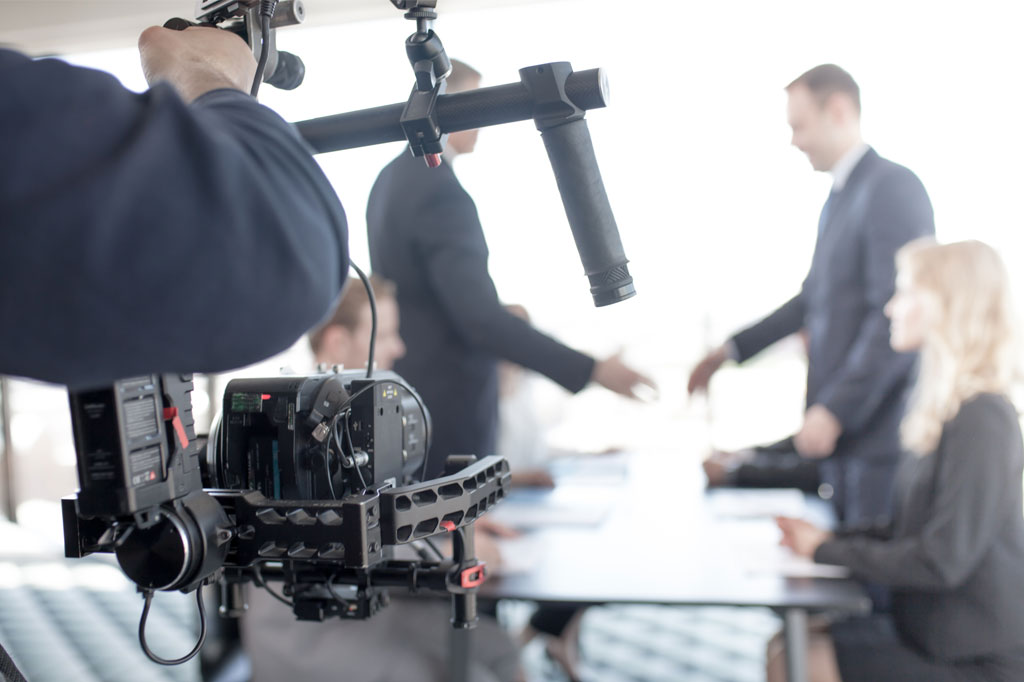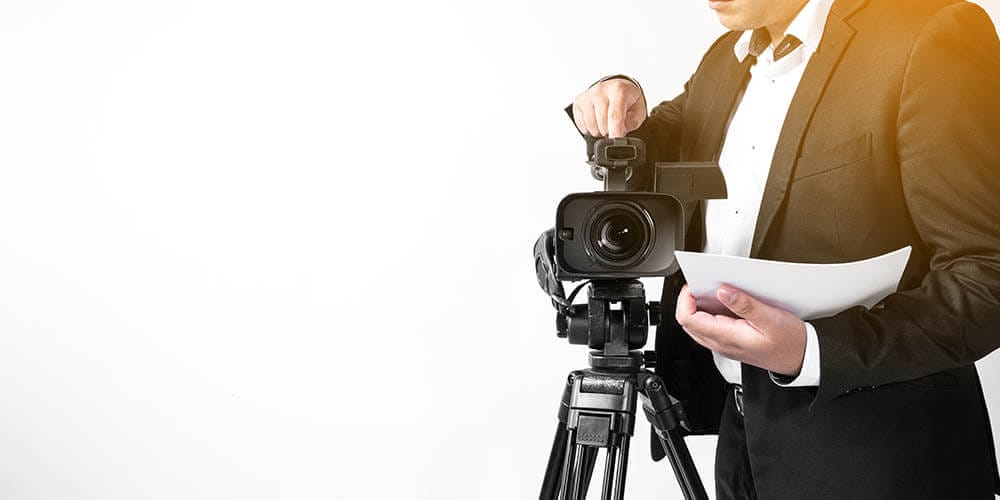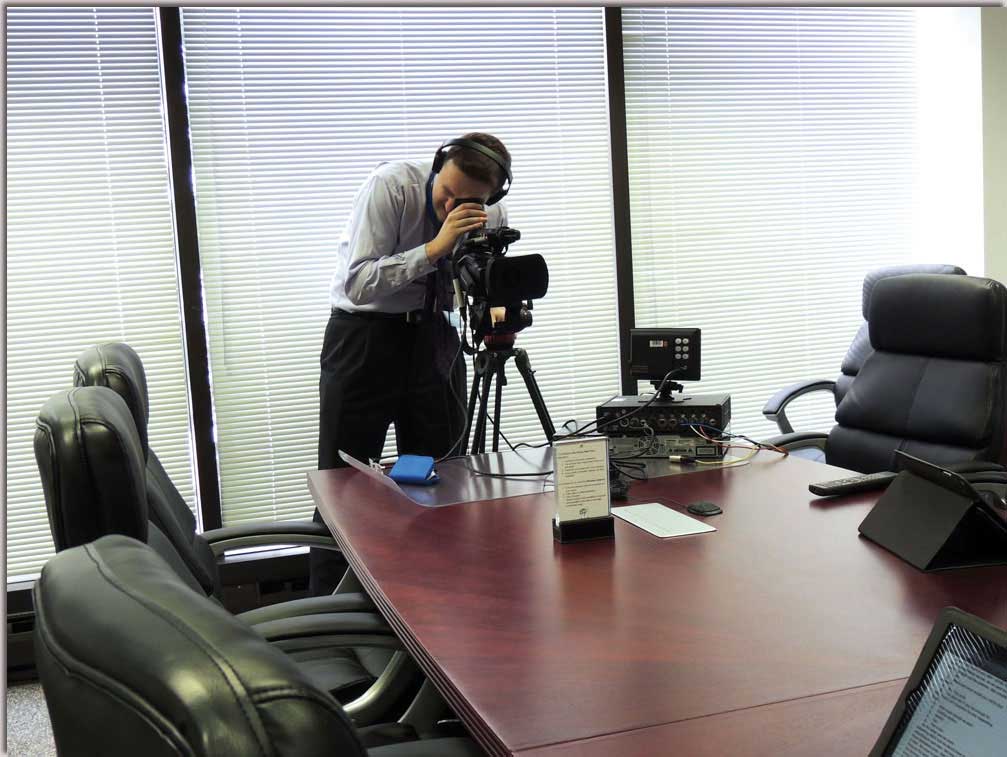Digging Into the Mechanisms of Lawful Videography: Unveiling Its Operation in Safeguarding Authentic Aesthetic Testament for Judicial Procedures
In the world of judicial procedures, the role of lawful videography stands as a cornerstone in preserving and offering aesthetic proof. As modern technology proceeds to development, the devices behind lawful videography have actually ended up being progressively intricate, providing an important layer of authenticity to testimonies captured on video. By diving into the functional details of lawful videography, one can discover the meticulous procedures that secure the stability of visual proof provided in court rooms - Legal Videography. This expedition not just loses light on the historical advancement of lawful videography but additionally means the future patterns that might additionally transform just how aesthetic testimonies are promoted in the realm of justice.
Historical Development of Lawful Videography
Taking a look at the historical development of legal videography discloses a substantial transformation in the capturing and discussion of aesthetic evidence within the legal landscape. In the past, lawful proceedings heavily counted on written photos and transcripts to document occasions and provide proof. However, with the development of video clip modern technology, the legal market observed a standard change in how visual statement was recorded and provided.
The advancement of lawful videography can be traced back to the late 20th century when improvements in video clip recording tools made it extra accessible for usage in courts. This technical improvement not only boosted the precision and integrity of aesthetic proof yet also revolutionized the way cases were presented to judges and juries (Legal Videography). Lawyers started to recognize the persuasive power of video clip recordings in communicating emotions, nuances, and non-verbal cues that written transcripts or pictures alone could not record properly

Innovation Developments in Video Documents
What key technical developments have revolutionized video clip documentation in the legal field? The legal area has actually seen significant innovations in video paperwork innovation that have improved the authenticity and reliability of aesthetic evidence in judicial process.
Furthermore, innovations in video clip security and watermarking technologies have actually bolstered the safety and tamper-proof nature of video clip evidence, securing it versus unauthorized modifications or tampering. Additionally, the arrival of cloud storage options and remote gain access to capabilities has structured the storage space, retrieval, and sharing of video evidence, promoting seamless partnership amongst lawful specialists and making certain effective access to essential aesthetic testaments when needed. These technical improvements in video clip documents have definitely changed the lawful field, improving the precision, credibility, and admissibility of visual proof in judicial process.
Role of Lawful Videographers in Court Room Setups
The development of video documentation modern technology in the lawful area has actually required an essential role for lawful videographers in court setups, guaranteeing the integrity and integrity of visual testaments provided during judicial process. Legal videographers play an essential function in recording and maintaining precise visual evidence that can be critical in litigation. Their duty reaches establishing up tools, videotaping procedures, and producing high-grade videos that precisely show the events in the court.
In courtroom setups, legal videographers must follow strict guidelines and standards to maintain the authenticity of the aesthetic record. They need to possess a keen eye for detail and a comprehensive understanding of lawful procedures to guarantee that the video footage they record is a true depiction of the occasions that transpired. In addition, legal videographers usually function closely with lawful groups to guarantee that the video clip evidence straightens with the case's requirements and can be successfully presented in court to support the legal debates being made. In general, the function of lawful videographers in courtroom setups is essential in maintaining the concepts of justice and making sure the transparency of legal procedures.

Ensuring Admissibility and Stability of Video Clip Evidence
To preserve the reputation of visual proof presented in lawful process, ensuring the admissibility and stability of video proof is a critical responsibility for legal videographers. Admissibility describes the approval of evidence by the court, and for video evidence to be acceptable, it has to meet specific standards. Lawful videographers play an essential function in making sure that the videos they catch conform with the regulations of proof, such as Find Out More credibility, significance, and dependability.
Integrity of video clip proof entails keeping the originality and accuracy of the footage from the time it is recorded until it exists in court. This consists of safely storing the video files, recording the chain of protection, and protecting against any kind of meddling or modifications. Lawful videographers should follow strict procedures to assure the integrity of the video clip proof and stop any type of difficulties to its credibility.
Future Trends in Legal Videography
Provided the enhancing reliance on modern technology in legal procedures, legal videographers are positioned to accept innovative advancements forming the future of aesthetic statement capture and presentation. Among the famous patterns coming up is the integration of online truth (VR) and boosted truth (AR) innovations right into legal videography. These modern technologies have the prospective to transform how visual proof is provided in courtrooms, permitting judges and juries to immerse themselves in the scene of the criminal activity or occurrence.
Moreover, using expert system (AI) algorithms for video evaluation is expected to simplify the process of assessing and evaluating large quantities of video clip footage. AI can help in identifying vital minutes, abnormalities, and patterns within videos, boosting the efficiency of legal investigations.

Final Thought
Finally, lawful videography has played a vital function in providing genuine aesthetic evidence for judicial proceedings. Via technological innovations and the competence of lawful videographers, the stability and admissibility of video clip proof are ensured in court setups. As legal videography continues to advance, it will be important to promote criteria that maintain the accuracy and integrity of aesthetic testimony for the future of legal process.
Examining the historical development of legal videography exposes a considerable makeover Visit This Link in the capturing and discussion of aesthetic proof within the lawful landscape.The development of video clip documentation modern technology in the lawful field has actually demanded a vital function for lawful videographers in court room setups, ensuring the honesty and reliability of aesthetic statements provided during judicial proceedings. Additionally, legal videographers usually function very closely with legal teams to guarantee that the video clip proof lines up with the find instance's requirements and can be efficiently provided in court to sustain the lawful disagreements being made.To preserve the trustworthiness of aesthetic proof presented in lawful proceedings, ensuring the admissibility and honesty of video evidence is a vital responsibility for legal videographers. As lawful videography proceeds to develop, it will be crucial to copyright criteria that keep the precision and dependability of visual testament for the future of legal process.